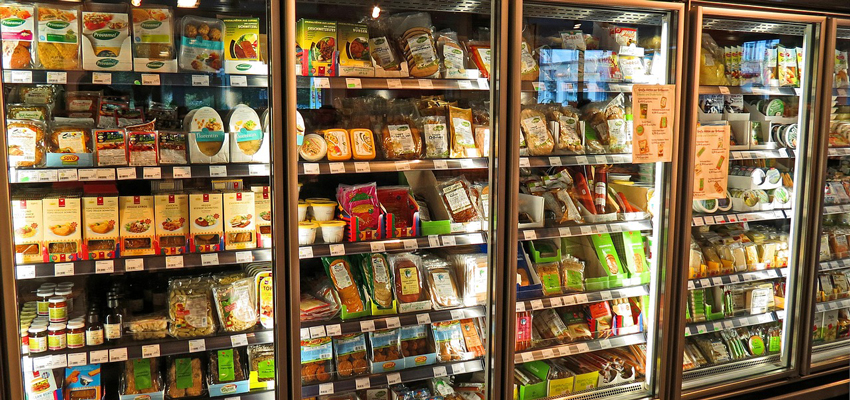To enable consumers to make better informed choices, it is necessary to set specific rules ensuring that information about the country of origin or the place of provenance of the primary ingredient is given is sufficiently precise and meaningful.
For this reason, the European Commission has published in the OJEU L 131 of May 29, 2018, Commission Implementing Regulation (EU) 2018/775, of May 28, 2018, which establishes implementing provisions of Article 26, paragraph 3 of Regulation (EU) no. 1169/2011 of the European Parliament and of the Council, on food information provided to the consumer, regarding the rules to indicate the country of origin or place of origin of the primary ingredient of a food.
This new Regulation guarantees a high level of transparency, providing EU citizens with clear information about the origin of the primary ingredients of a food.
The country of origin or the place of provenance of a primary ingredient which is not the same as the given country of origin or the given place of provenance of the food shall be given:
with reference to one of the following geographical areas:
- «EU», «non-EU» or «EU and non-EU»; or
- Region, or any other geographical area either within several Member States or within third countries, if defined as such under public international law or well understood by normally informed average consumers; or
- FAO Fishing area, or sea or freshwater body if defined as such under international law or well understood by normally informed average consumers; or
- Member State(s) or third country(ies); or
- Region, or any other geographical area within a Member State or within a third country, which is well understood by normally informed average consumers; or
- The country of origin or place of provenance in accordance with specific Union provisions applicable for the primary ingredient(s) as such;
or by means of a statement as follows:
«(name of the primary ingredient) do/does not originate from (the country of origin or the place of provenance of the food)» or any similar wording likely to have the same meaning for the consumer.
The Regulation also clarifies some questions about the size of the letter that should be used to provide such information and the place and visual field in which they should appear. Specifically:
- The font size cannot be smaller than the minimum font size as required in accordance with Article 13(2) of Regulation (EU) No 1169/2011.
- Where the country of origin or place of provenance of a food is given with words, the information provided shall appear in the same field of vision as the indication of the country of origin or place of provenance of the food and by using a font size which has an x-height of at least 75 % of the x-height of the indication of the country of origin or place of provenance of the food.
- Where the country of origin or place of provenance of a food is given by means of non-scriptural form, the information provided shall appear in the same field of vision as the indication of the country of origin or place of provenance of the food.
The Regulation will enter into force on June 1, 2018 and will apply as of April 1, 2020.
Foodstuffs that have been placed on the market or have been labeled before the date of application of the Regulation may be marketed until stocks are exhausted.
Author: Dr. Frank Mörsberger

 Contact
Contact

 Contact
Contact Career
Career